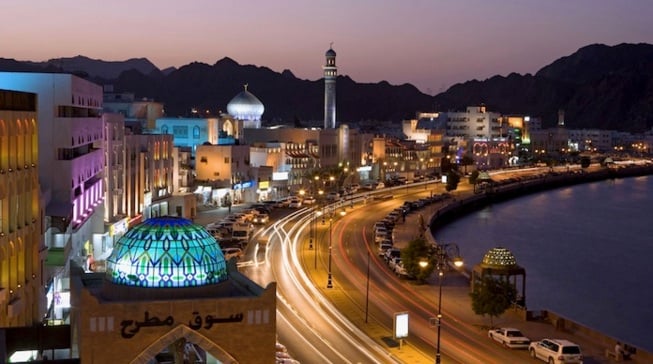Oman increases spot market LNG sales as production rises
Oman’s LNG volumes rose 17 per cent in 2018 to 9.54 million tonnes

Oman has increased the number of cargoes of liquefied natural gas (LNG) it offers to the spot market in recent months thanks to rising feed gas output and ongoing improvements to the facilities, industry sources and traders said.
The Arab Gulf state, a top 10 global LNG exporter for the past decade, commissioned natural gas production from a new field at the end of 2017 leading LNG exports to jump last year and to keep rising this year.
Oman LNG, the majority state-owned operator, has a number of long-term takers for its LNG including South Korean utility KOGAS and Spain’s Union Fenosa (UFG), but has come to the spot market to tender some excess volumes, traders said.
“Feed-gas production is going well,” one trader said. “They have up to one (tender) a week. It depends on the time of the year and so on, so there is variability.”
Oman most recently is known to have tendered cargoes for loading at the end of June, the start of July and August, trade sources said.
Another LNG trader said he saw two or three LNG tenders from Oman a month. “Every month they optimise the UFG contract and sell additional (cargoes) east of Suez,” this trader said.
A third trader said he had noticed an increase in tenders from Oman LNG although could not put a number on it.
Oman’s LNG volumes rose 17 per cent in 2018 to 9.54 million tonnes, Refinitiv Eikon data showed, after the ramp-up of the BP -operated Khazzan field.
With 7.2 million tonnes shipped so far this year, the plant is on track to send 10.22 million tonnes in 2019 (mtpa), close to its 10.4 mtpa capacity.
In addition to production at Khazzan, Oman LNG last year began a de-bottlenecking project of the three facilities, or trains, at the plant, which should increase capacity by a further 1.5 mtpa by 2021, according to regional media.
A global influx of new LNG production, especially from the United States and Russia, has seeped into the spot market and, with demand from Asia at subdued levels, led to depressed prices.
By far the majority of global LNG output is delivered on long-term contracts but around 25 per cent is sold on a spot basis, an opaque market where prompt cargoes are offered in tenders and bilateral deals. That proportion is growing.
It was not immediately clear who the buyers of Oman LNG’s cargo tenders were.
“Don’t think there is a trend,” the first trader said, adding trading houses, such as Vitol and Gunvor, as well as portfolio players, such as Shell and BP, were likely among the buyers. “I think Asian demand may pick up in a couple of months for winter buying.”
